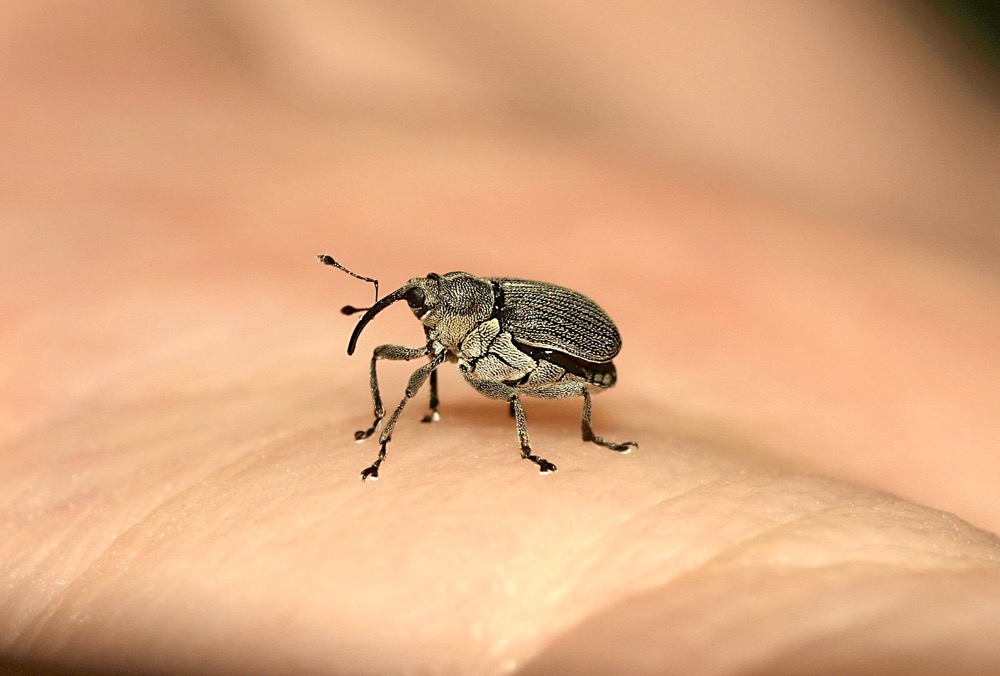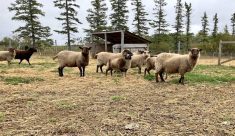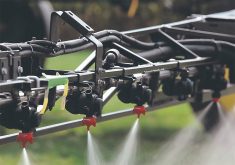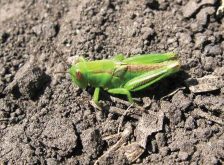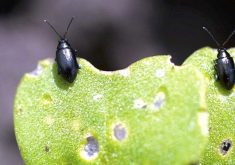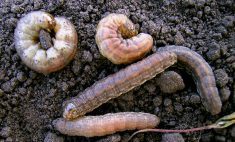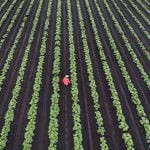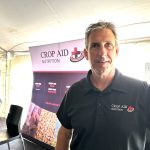If there’s one message to keep in mind this growing season, it’s to scout fields for pests.
Last year’s drought, followed by this year’s wet conditions, made for some interesting insect problems on the Prairies.
Cabbage seedpod weevils are active again, said Keith Gabert, an agronomy specialist with the Canola Council of Canada who covers the central Alberta region.
Read Also
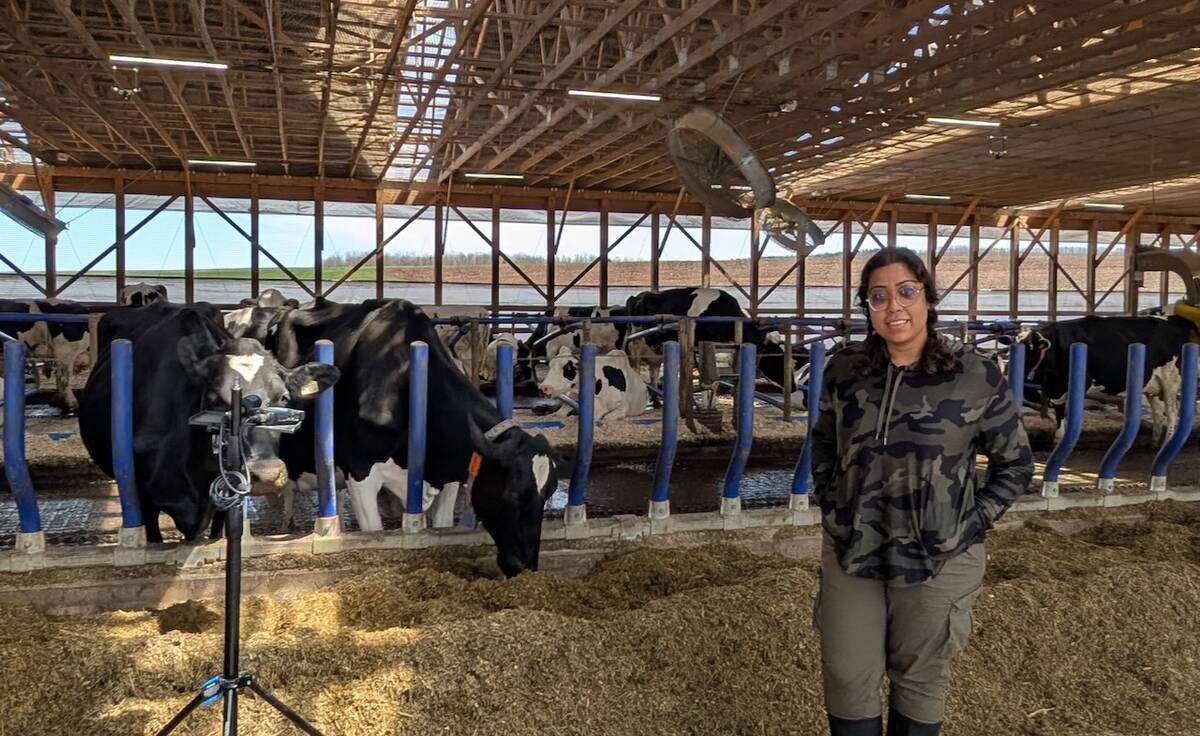
Moo translator and methane measures: There’s an app for that
Dalhousie University researchers use artificial intelligence to create new dairy farm apps that analyze cattle sounds and measure methane.
“The numbers are showing that they are needing spraying in that Lethbridge area,” Gabert said June 29. “They’re very attracted to the colour yellow, so you kind of need to wait until your crop starts to flower so you can see how many are going to miss you.
“If you can scout it, it’s very field specific. If you are the first canola field to flower in your neighbourhood, and you are in the area that might need to spray for cabbage seedpod weevil, the first guy to flower will need to spray.”
Cabbage seedpod weevils are mobile and have spread east to the Manitoba border and as far north as Lacombe, he said.
There has also been considerable talk on social media about flea beetles, but the season has passed.
“We’ve had adequate rain across a really wide geography,” said Gabert. “That tends to get the crop growing and get it past the flea beetle feeding. When the crop starts to grow and look really good, it becomes painfully obvious that some fields do have issues.
“Sometimes that’s flea beetles, sometimes that is seeding issues or mistakes with equipment. Growers now are busy checking that their fields are looking like they should, and in some cases, still managing flea beetles on those fields that are going slowly.”
The Prairie Pest Monitoring Network (prairiepest.ca) is being updated weekly now.
“We can do a lot with the models and the environmental data that we’re able to obtain through Agriculture and Agri-Food Canada,” said Jennifer Otani, a federal pest management scientist at the Beaverlodge research farm and co-lead of the monitoring network.
“But when it comes down to it, every field has that variability.”
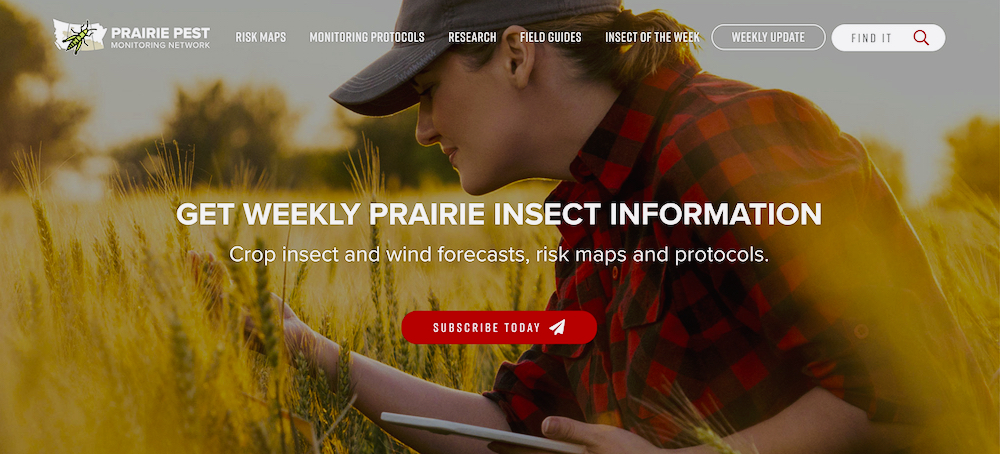
Alberta Agriculture has live maps of cutworms and has been encouraging producers to report the pest. That helps researchers keep track of numbers and locations.
Many cutworm species are causing issues this year, although there don’t seem to be widespread cutworm outbreaks, said Otani.
“This is a good reminder for infield scouting of your field,” she said. “Infield scouting is just so critical. Some of the insect pests and the status of the crops in those fields can be quite variable.”
Wheat midge is another pest to watch for and is being tracked on the monitoring network.
“Certain parts of the Prairies have received enough temperature and enough moisture to encourage overwintered larvae to move from their cocoons up to the soil surface and pupate,” Otani said.
“In the spring, wheat midge are sensitive to the accumulation of temperature and they need a certain amount of moisture to trigger that process. If they are unhappy in their cocoons, they can sit tight and wait another year … (but) many parts of the Prairies are looking ideal for those larvae to continue to pupate and then they will emerge as adults.”
Last year, because of the extremely hot conditions, many midges didn’t pupate and fly, so there may be more of them this year.
“We’re hoping growers are really paying attention to the process of the wheat going into flowering and when those wheat midge are emerging from the soil and looking to mate and oviposit. That’s not a great situation,” said Otani. “This is the year to scout for wheat midge.”
Diamondback moths are being monitored, and counts have been fairly low on pheromone traps in Alberta and most of Saskatchewan and Manitoba.
“Now we wait for the larvae that will start and show up inevitably, hold our breath and hope that turns out well,” she said.
Alberta Agriculture also has live maps for bertha armyworm.
“We’re monitoring the adult as well as the worm, but always in anticipation of the larval densities that would come as a result of the moth populations,” said Otani.
Gabert advised growers to walk through their fields, and if they see any significant feeding activity on their crops, determine what pests are present.
In terms of lygus bugs, there is no threshold at this point in the year, said Gabert.
“Once we have pods beginning to develop and seeds in those pods, we do have thresholds where we will be able to manage lygus bugs,” he said.
“We had a lot of lygus bugs last year. It was really dry, but there’s a bit of a race with lygus bugs. In the southern parts of the Prairies, we might have two generations of lygus bugs. Other parts of Alberta have one cycle,” he said.
Lygus do the most damage to growers in the third stage of their growth cycle, because they can then bite through the walls of a canola pod.


